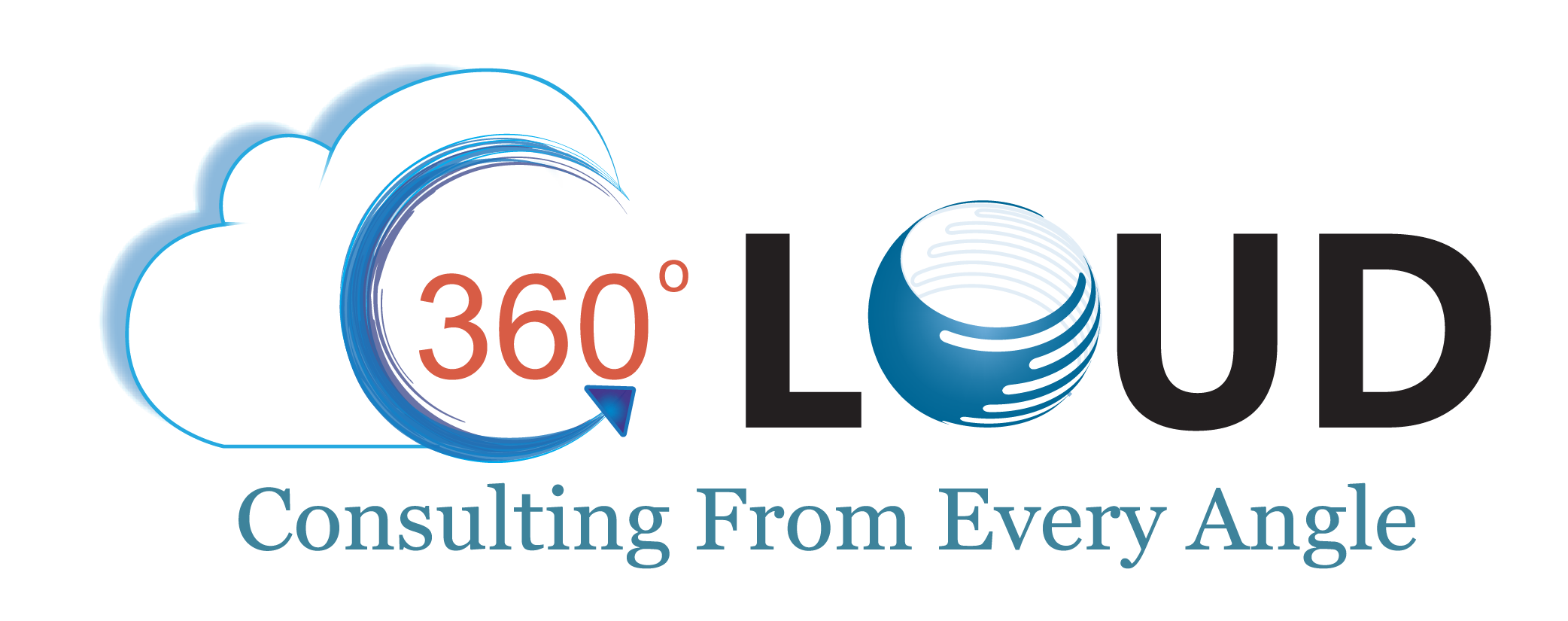Salesforce Integrations Services: Your Key to Smarter Business Operation
22 Apr 2025
Table of Contents

Salesforce is the best-in-class CRM platform that improves the marketing, sales, and customer service operations of enterprises. Its wide range of innovative products and services makes it a complete package for businesses. Additionally, businesses are constantly bringing new apps and devices on board to streamline their operations across teams. According to Salesforce, businesses today use over 1000 applications; however, 70% of them remain disconnected from the core business. Ultimately, organizations need a way to bring all types of apps, data, and SaaS, together in a seamless and scalable manner. That’s where Salesforce integration chimes in.
Whether it’s Pardot Salesforce integration or working with the right Salesforce integration partners, the aim is to connect systems in a way that boosts efficiency and improves customer experience. A trusted Salesforce integration company helps make that happen faster.
In this blog post, we talk about the nitty-gritty of Salesforce integration and why you need a dedicated Salesforce integration partner to ensure success. So, let’s dive right in!
Table of Contents
What if Salesforce is Not Integrated With Your Tech Stack?
Businesses are constantly on the go to add new apps and technologies to their arsenal so that they can amplify everything their business already does. And when businesses fail to integrate Salesforce with their tech stack, they may encounter the following challenges.
• Data Silos and Inconsistent Information
Each department in an organization may work independently, but if tools and apps are not connected, this can create data silos. It can lead to fragmented and duplicate data, inconsistent customer records, and inefficient reporting.
• Reduced Efficiency and Increased Cost
Manual data entry and cross-referencing between systems are time-consuming. If your Salesforce instance is not connected with your tech stack, your teams might spend their valuable time trying to reconcile data discrepancies instead of focusing on core business functions. It can lead to increased operational costs and missed opportunities.
• Poor Customer Experience
Lacking a single data source could cause a broken customer experience. For example, the sales team might not have access to the complete customer history, leading to potentially alienating customers. Consequently, the customer might receive conflicting information from different departments due to data inconsistencies.
Now that we’ve established what happens if you don’t integrate Salesforce with your tech stack, let’s shift focus to Salesforce integration best practices.
5 Ways to Ensure Your Salesforce Integration is Smooth
You must adhere to certain best practices to get the most out of your integration efforts. Here are some key points that you should keep in mind during the integration process.
1. Define Clear Goals
Before initiating the integration process, clearly define what you want to achieve from this integration. Your goals can be around improving data accuracy, streamlining operations, and delivering connected customer experiences.
2. Use Distributed and Asynchronous Architecture
You should use a distributed and asynchronous architecture, as it separates Salesforce from the backend systems. Also, it allows you to use middleware platforms like MuleSoft to orchestrate complex workflows. If you follow this approach, you can minimize synchronous API call delays and the governor limit risks by processing data in batched transactions.
3. Implement Strong Error Handling
When your Salesforce integration triggers automated processes like data syncs or API callouts multiple times, it should update records once. To avoid multiple request updates, you should assign a unique ID to each transaction. Additionally, you should add features for automatic retries and fallback mechanisms to ensure that integration quickly recovers from errors.
4. Secure and Govern Your Integration Ecosystem
Another important thing to keep in mind is that your integration should comply with security standards and regulations. For this, you can use methods like OAuth 2.0 and JWT along with API gateways that control access. Also, you can set up central logs and monitor dashboards in real-time to quickly spot an unusual activity.
5. Continuous Testing and Improvement
Last but not least, regularly testing and improving your integration is the cornerstone for success. For this, you can use automated testing tools and real-world simulations to identify problems before they adversely affect your business.
DIY vs. Hiring a Salesforce Integration Partner
As an entrepreneur or a decision maker, using Salesforce to streamline your marketing, sales, and customer support efforts can be a good deal. However, the biggest dilemma that you’ll face is whether to do the integration on your end or choose a Salesforce integration company. This decision can significantly impact your Salesforce journey, and therefore, it requires your careful consideration.
Choosing the DIY Route
You can often perform the Salesforce integration on your own, especially for simpler integrations, by using Salesforce’s built-in tools, APIs, and the Salesforce AppExchange. DIY integration can be appealing if you have a strong in-house team that needs complete control over the process. However, this path can be time-consuming and resource-intensive if your team lacks the required skills and experience. If there is any small mistake in configuration and integration, it can lead to inefficiencies, data integrity issues, and system disruptions.
So, you can go for DIY Salesforce integration if you have highly skilled in-house developers, ample time, and a simple integration at hand.
Choosing a Salesforce Integration Partner
On the other hand, hiring a Salesforce integration company or a partner can offer you plenty of benefits that can expedite your overall process. According to research, Salesforce’s partner ecosystem is driving immense growth, with partners expected to make $6.19 for every $1 Salesforce makes by 2026. From the numbers, it is clear that businesses are trusting Salesforce partners to solve their unique challenges. For instance, if you want to hire a company for Pardot Salesforce Integration, they can bring years of experience and industry knowledge to maximize your platform’s potential.
Also, you get a chance to tap into a global network of Salesforce experts and get access to a diverse talent pool and industry-specific insights. All you need to do is carefully gauge your partner’s potential, pricing models, and scope of work.
The Bottom Line
As you continue to grow, so will the need for you to integrate multiple systems together. And Salesforce is making sure that you can easily integrate it with the tools you already use. From efficiency to service to collaboration and beyond, you can count on Salesforce. However, to ensure that you integrate systems with finesse, you need to partner with a Salesforce consulting company with extensive experience and expertise.
Want to Integrate Salesforce with Your Existing Tech Stack? Let’s Talk!
If you are looking for a Salesforce partner for your integration project, just drop us a line at connect@360degreecloud.com, and we will take it from there.
About the author
Diksha GathaniaDiksha is a seasoned content writer and marketer who is always keen on trying new avenues to discover and write about. She has a keen eye for detail and a talent for breaking down technical topics into digestible pieces for both technical and non-technical audiences. She is a Salesforce, Marketing Automation, and Marketing Analytics enthusiast who stays on top of the pulse of industry trends. Beyond her professional endeavors, she finds joy in traveling and is always on the lookout for new destinations.
Recent Blogs
 Salesforce Services
Salesforce Services
Top 15 Salesforce Consulting Firms in the USA: Who to Trust in 2025
Do you know by the end of 2025, the Salesforce partner ecosystem is projected to be nearly six times the size of Salesforce itself, with market growth driven by…
Read More Salesforce Services
Salesforce Services
Demystifying The Future of Development With Salesforce AI
Not too long ago, building enterprise Salesforce applications meant months of coding marathons, endless QA cycles, and late-night patch fixes just to keep systems running.…
Read More Products
Products
How to Send Mass Email from Salesforce Lightning? Let’s Find Out
“Email delivers the highest ROI of any marketing channel—$36 for every $1 spent.”Whether you are a Salesforce admin trying to alert 6000 users about a…
Read MoreReady To Take Your Salesforce Email Operations Up a Notch?
Our Salesforce aces would be happy to help you. Just drop us a line at contact@360degreecloud.com, and we’ll take it from there!
Subscribe to our newsletter
Stay ahead with expert insights, industry trends, and exclusive resources—delivered straight to your inbox.




